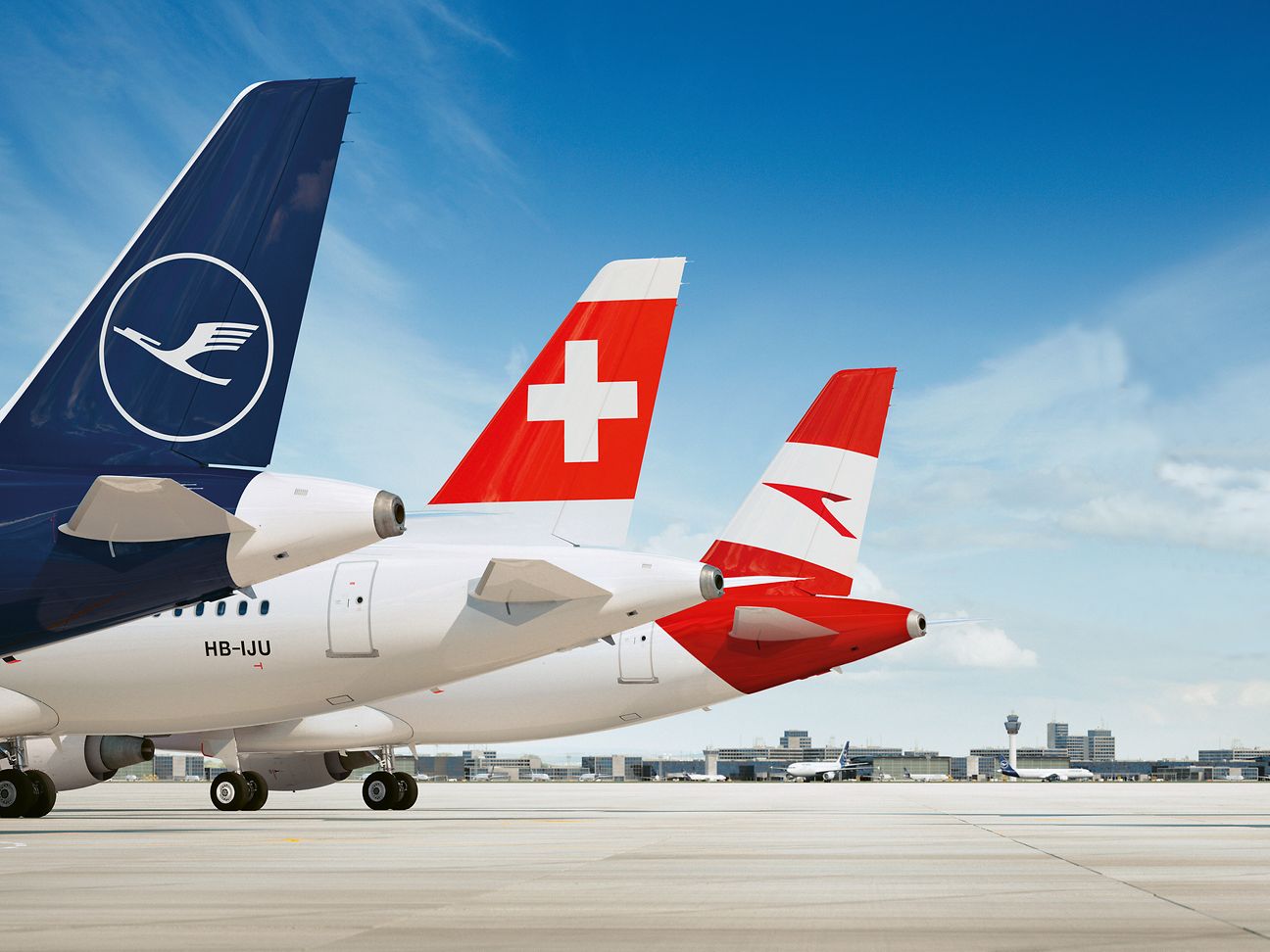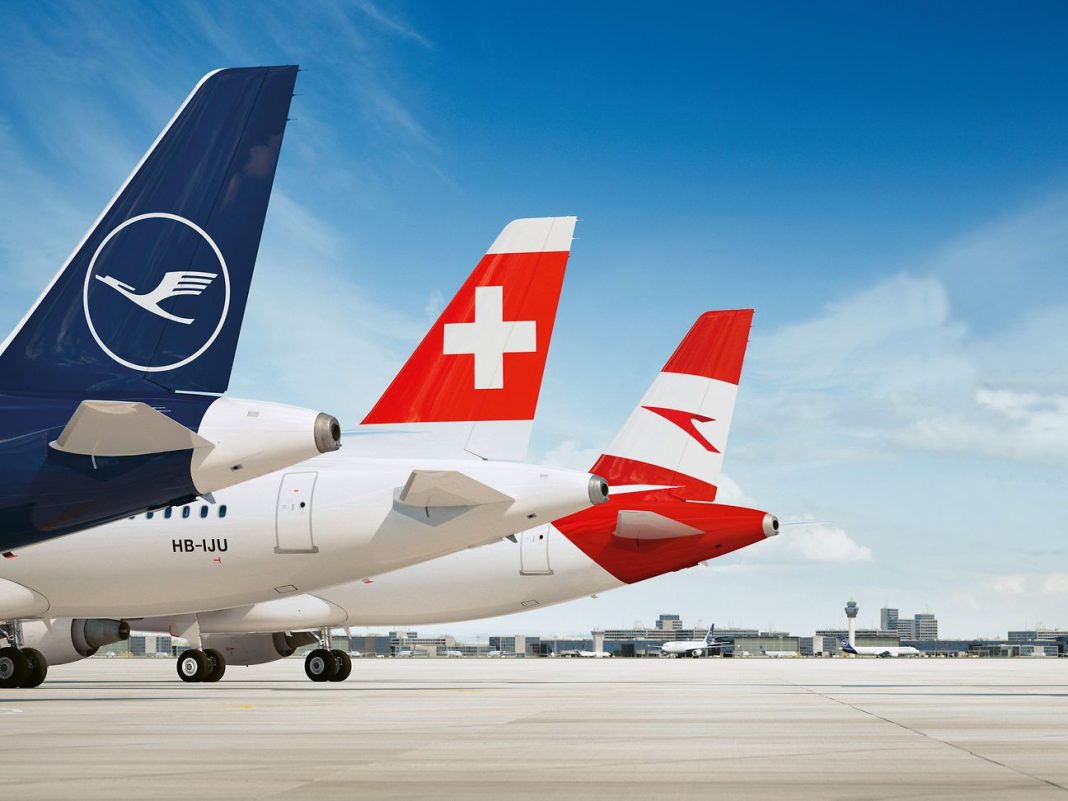
The Australian aviation industry has a long history of troubled airlines, with many carriers failing to crack the competitive market. Bonza, a new airline that offered routes connecting smaller towns with big cities, was initially celebrated by regional Australians who were eager for convenient flights. However, Bonza faced several challenges that ultimately led to its downfall. Experts argue that the airline made strategic missteps, including operating periodic routes and using large planes with minimal cost advantages. Additionally, Bonza’s app-only approach to booking tickets may have hindered its success. Sadly, the airline was scrapped before its first birthday, leaving countless regional Australians without a direct service out of town.
Rex, another Aussie carrier, is also facing troubles. While regional flights are still available, the airline has had to make 73 of its remaining 261 staff redundant. Despite these challenges, Rex’s regional service staff have managed to retain their jobs.
The history of failed airlines in Australia dates back several decades. East-West Airlines folded just a year after take-off in 1990 due to a lack of revenue caused by competitors lowering their prices. Compass Airlines, which had to use competitor terminals, also met its demise in 1991. Although it re-emerged as Compass Mk II, the airline only survived a few more months. Impulse, another regional airline, faced tough competition from Qantas and eventually dropped its service when Qantas introduced a route of its own. Qantas later acquired Impulse, forming the basis of its QantasLink regional services. Ozjet, launched in 2005, also had a short-lived existence.
One of the most significant airline failures in Australian history was Ansett. The iconic airline went into voluntary administration more than 20 years ago, losing $1.3 million a day and $500,000 in interest payments on borrowings. Ansett’s 65-year aviation history came to an end in 2001.
To succeed in the Australian aviation market, airlines must consider various factors. These include fuel prices, labor costs, intense competition, and the challenges of operating in a highly competitive and cost-sensitive market. Staff costs and inflexible unions have been cited as contributing factors to the downfall of airlines like Ansett.
Airlines require a complex formula of support to stay afloat. If any of the pillars of support are removed, the airline is at risk. This includes long-term support from governments, industry, and consumers. Larger airlines like Qantas and Virgin dominate the market, making it difficult for smaller or up-and-coming airlines to carve out market share, especially in the east coast-heavy aviation market. Securing airport slots, which are available times for landing or take-off, is also a challenge for smaller airlines when bigger players already occupy most of the slots.
The opening of the Western Sydney Airport could potentially alleviate some of these pressures. Scheduled to open in 2026, the new airport will eliminate the issue of Sydney shutting down operations at 11 p.m. due to a curfew. Currently, Kingsford Smith Airport can only permit 80 take-offs and landings, limiting its capacity as Australia’s busiest airport. The “golden triangle” between Sydney, Brisbane, and Melbourne comprises some of the busiest domestic air travel routes globally. However, Australia’s smaller population compared to other regions means that opportunities for airline business primarily revolve around these three population centers, particularly Sydney.
To create a fair and equitable system for granting premium time slots, the 80/20 rule, which requires an airline to operate 80 percent of their scheduled flights with a 20 percent buffer, must be enforced. Airlines that fail to meet the standards and frequently cancel flights should face consequences for future slot assignments. New entrants should also be given a fair chance to access premium slots and adjust to meeting the required standards. With careful consideration of these factors and proper support from various stakeholders, a third airline may have a chance to break through the clouds and succeed in the Australian aviation market.

